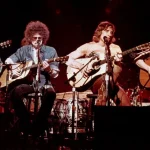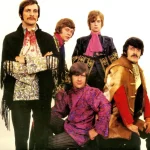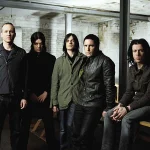Bad Moon Rising: A Timeless Anthem of Foreboding
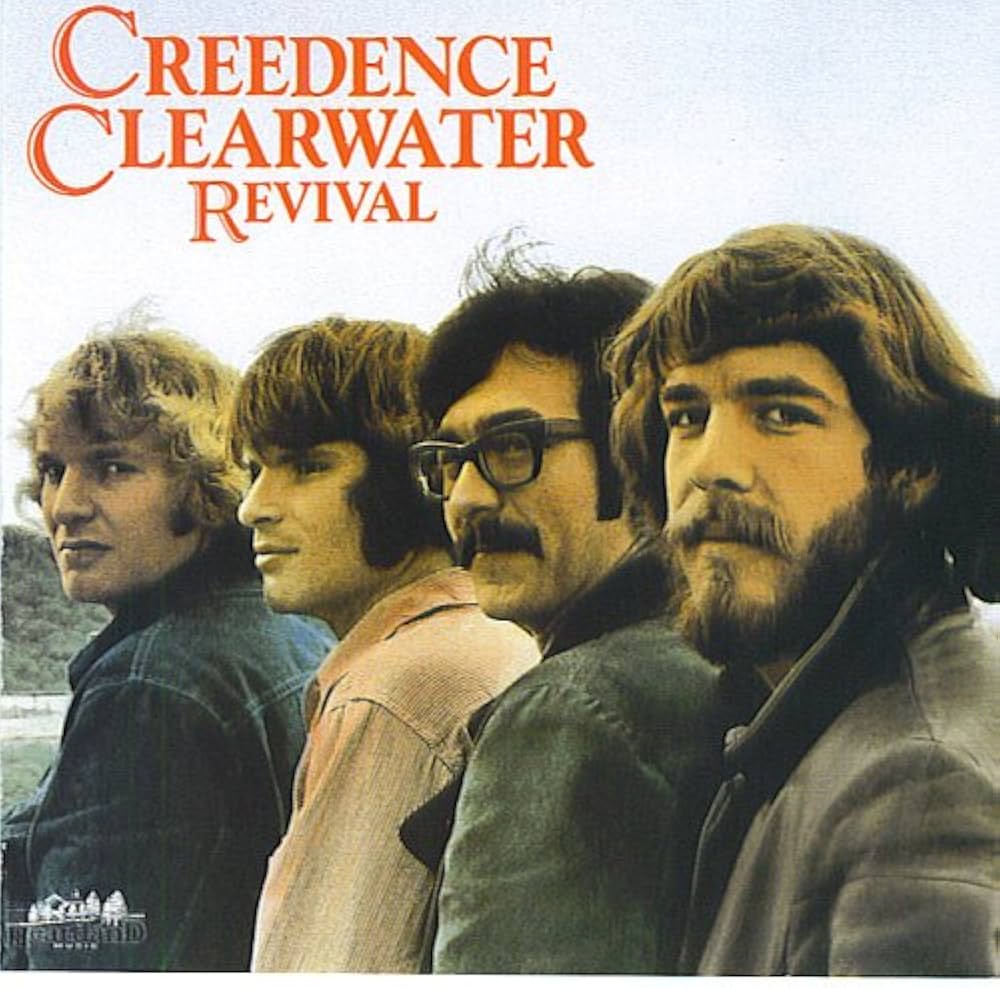
“Bad Moon Rising,” released in 1969 by Creedence Clearwater Revival (CCR), stands as an enduring testament to the band’s unparalleled ability to craft songs that are both instantly catchy and deeply resonant. Penned by the visionary John Fogerty, this track, a cornerstone of their seminal Green River album, rapidly ascended to become one of CCR’s most iconic and beloved hits. Its immediate success wasn’t just a fluke; it was a testament to its compelling blend of musicality and lyrical depth that perfectly captured the zeitgeist of the late 1960s.
The song masterfully encapsulates CCR’s distinctive swamp rock sound, a potent fusion of rock, blues, and country influences that defined their musical identity. From its opening chords, “Bad Moon Rising” hooks listeners with its infectious melody and driving rhythm, characteristic of the band’s knack for creating memorable, singalong anthems. The instrumentation, with its crisp guitar riffs and steady drumbeat, creates a sense of propulsion, making it a staple on radio airwaves and a favorite for live performances. It’s a sound that evokes images of the American South, humid nights, and raw, unpolished energy.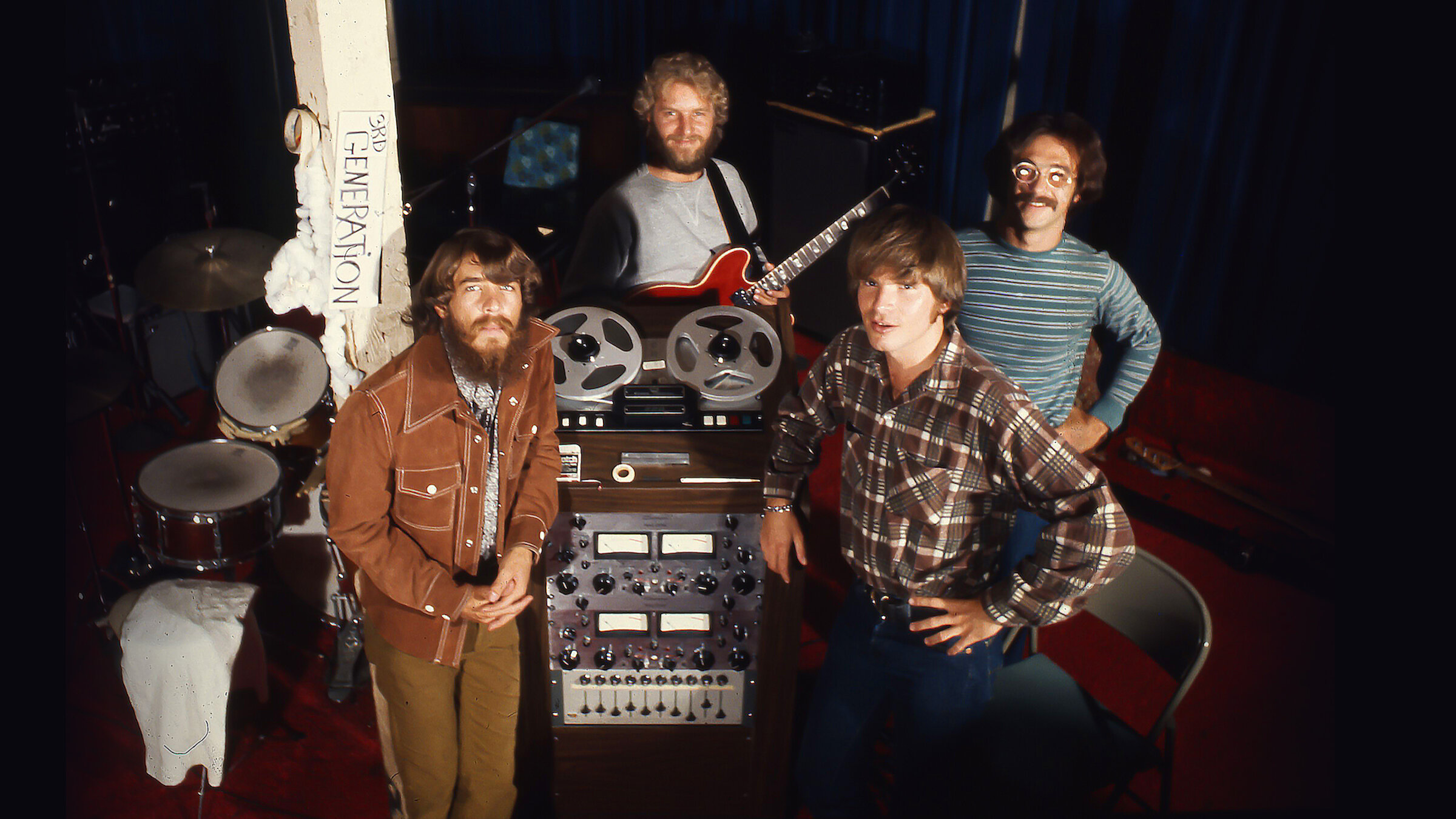
However, beneath its seemingly lighthearted musicality lies a current of unsettling lyricism. Fogerty’s words paint vivid, almost apocalyptic, imagery, hinting at an impending sense of doom and upheaval. Phrases like “I see a bad moon a-rising,” “I see trouble on the way,” and “Hope you got your things together / Hope you are prepared to die” create a palpable atmosphere of foreboding. This lyrical tension, masterfully juxtaposed with the song’s upbeat tempo, is precisely what gives “Bad Moon Rising” its enduring power and unique appeal. It’s a dance between joy and unease, a catchy tune that encourages you to hum along while simultaneously whispering warnings of an uncertain future.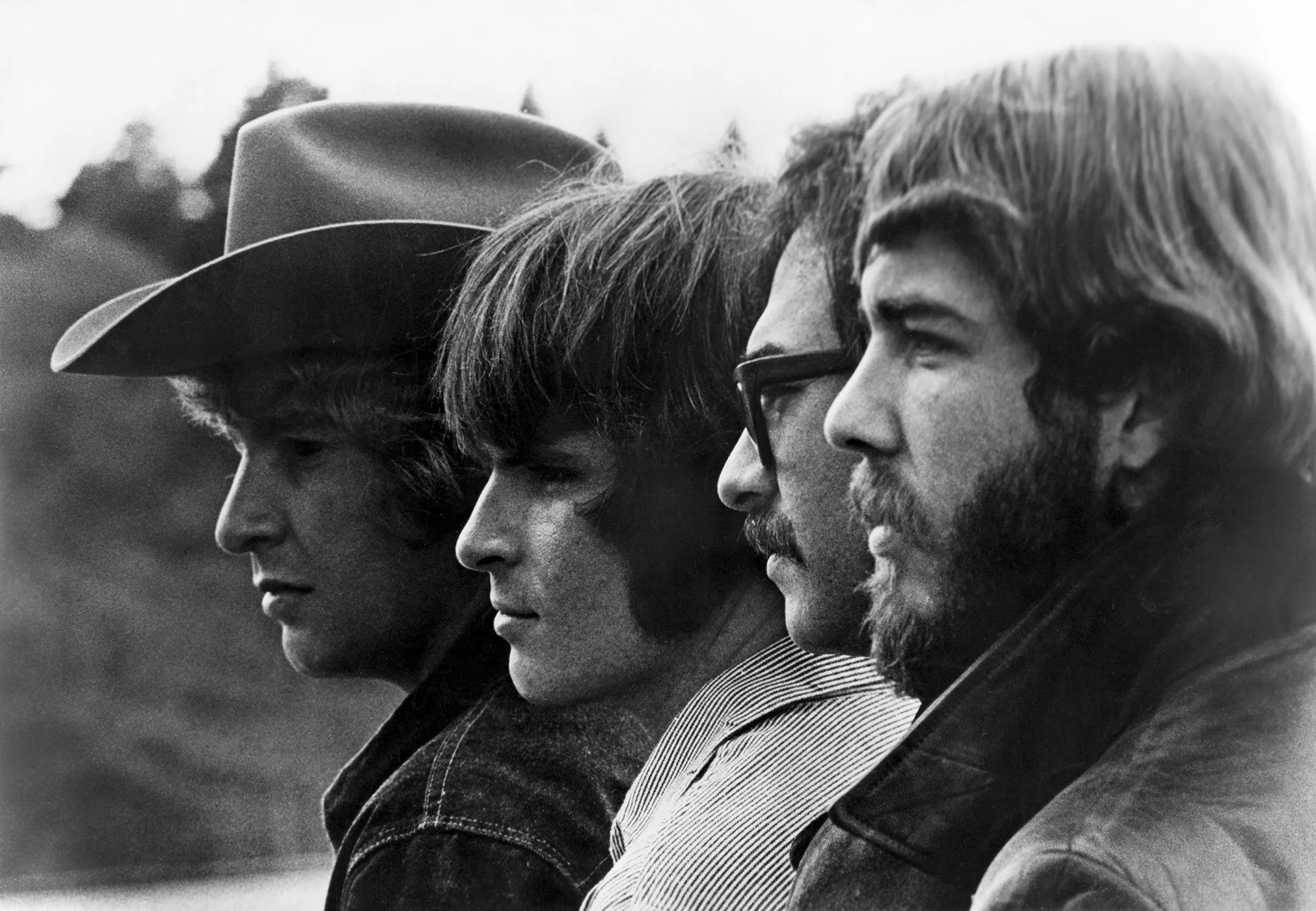
Beyond its musical brilliance, “Bad Moon Rising” resonated deeply with the anxieties of its time. Released during a period of immense social and political turbulence – the Vietnam War, civil rights movements, and widespread disillusionment – the song’s themes of impending crisis felt eerily prescient. It became an anthem for those who sensed a profound shift in the world around them, a soundtrack to an era teetering on the edge of significant change. This duality cemented its place not just as a hit, but as a cultural touchstone reflecting the complexities and uncertainties of its era, ensuring its continued relevance decades after its release.


